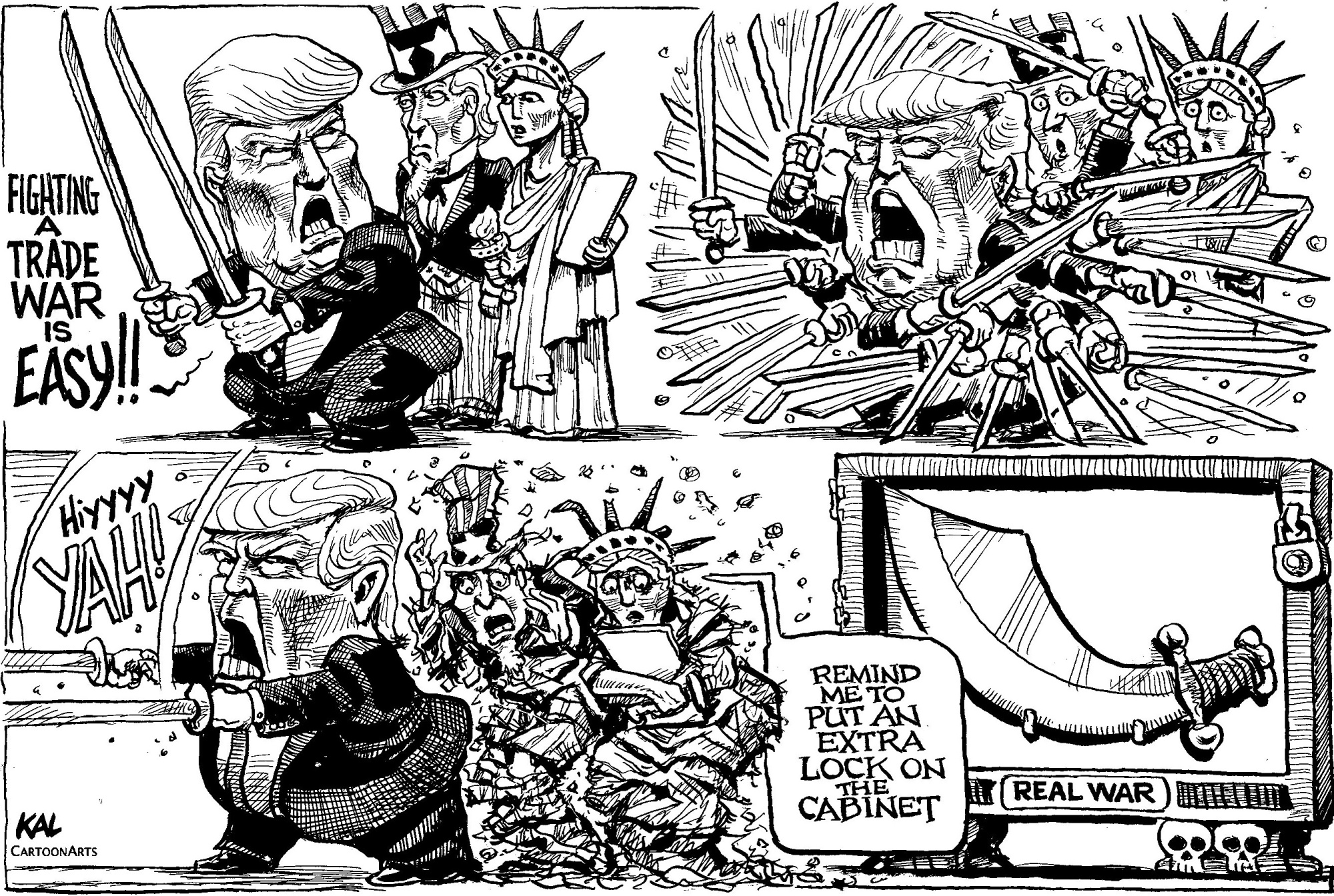U.S. President Donald Trump is scheduled to come to Tokyo on Saturday to meet with Prime Minister Shinzo Abe. Trump indicated earlier that a deal may be achieved in the bilateral trade talks with Japan even before his arrival, but so far there has been no such sign. While tight information control to focus public attention on a grand announcement cannot be completely ruled out, finding an agreeable compromise point would seems to require additional talks at a less-publicized bureaucratic level.
Trump's trade policy started with his decision to pull the United States out of the Trans-Pacific Partnership deal in 2017. The U.S. joined the TPP negotiations in 2010, followed by its two partners in the North American Free Trade Agreement (NAFTA), Canada and Mexico, in 2012 and Japan in 2013.
Japan's decision to join the TPP was mostly based on economic cost-benefit analysis. While a reduction of Japan's trade barriers, including tariffs, exposes agriculture and previously closed service sectors to competition with foreign suppliers, competitive sectors in the Japanese manufacturing industry would benefit from a reduction of tariffs by Japan's trade partners.



















With your current subscription plan you can comment on stories. However, before writing your first comment, please create a display name in the Profile section of your subscriber account page.